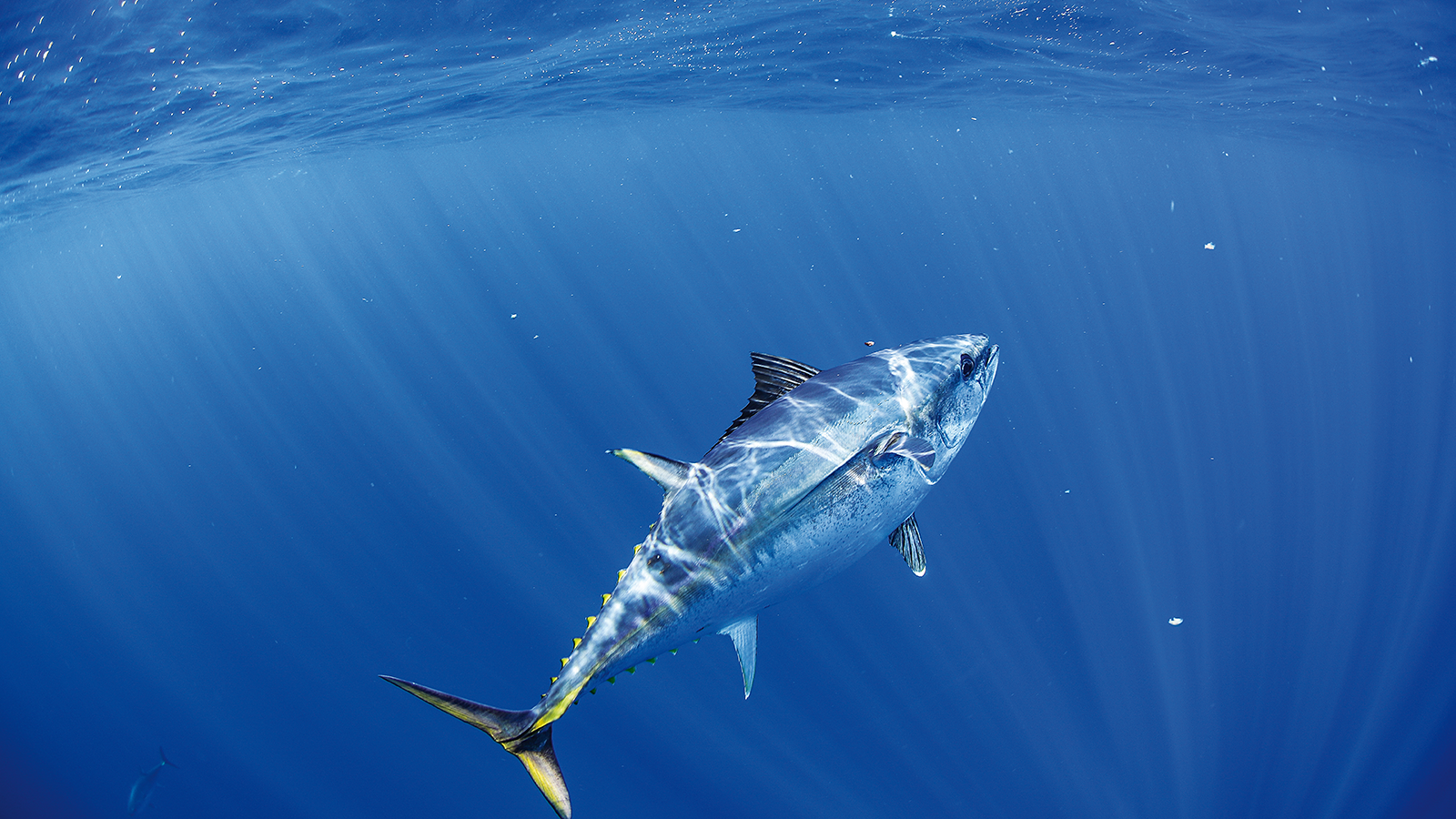1. Undertake a review and Cost Benefit Analysis (CBA) of over-abundant seabird population management strategies. This will be a project Stop/Go point to assess whether egg oiling provides the best management option for Silver Gull population control, and will determine whether the project proceeds as planned.
2. Estimate Silver Gull population size and structure through counts of breeding pairs (nest) and juveniles at up to five islands near Southern Bluefin Tuna aquaculture operations. Compare estimates with historical information for population trend analyses.
3. Obtain estimates of breeding success from oiled (treated) versus non-oiled (control) Silver Gull nests for use in population modelling.
4. Quantify short term effects of egg oiling on juvenile abundance, through measurement of the ratio of juvenile to adult Silver Gulls present at Southern Bluefin tuna aquaculture farms over three years and assess this indicator's efficacy in providing evidence of egg oiling management.
5. Assess Silver Gull breeding schedules, movement and habitat use within the study area.
6. Develop population models to assess the sensitivity of Silver Gull populations to reductions in breeding success from egg oiling and inform ongoing management targets for Silver Gull population numbers.










